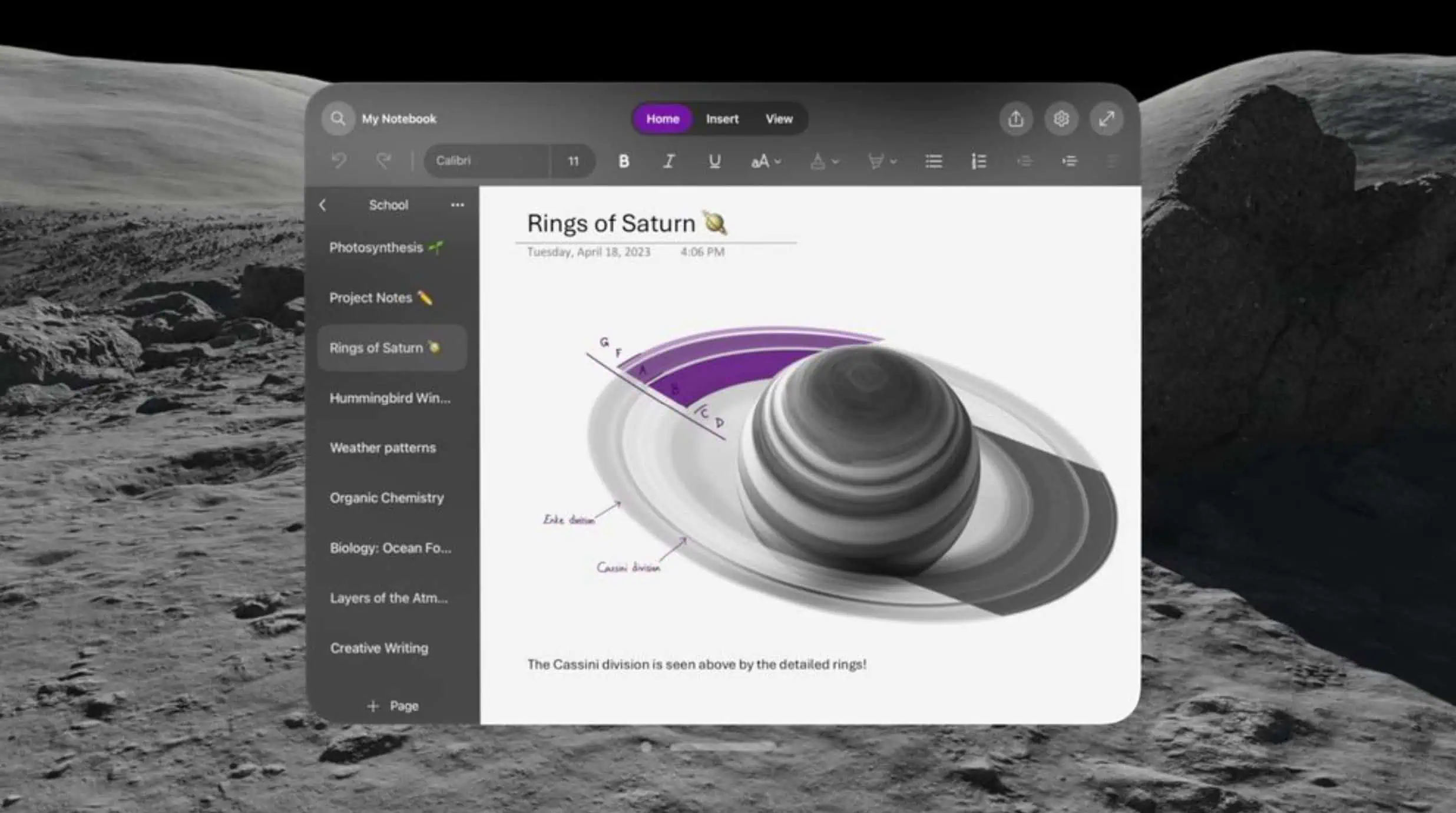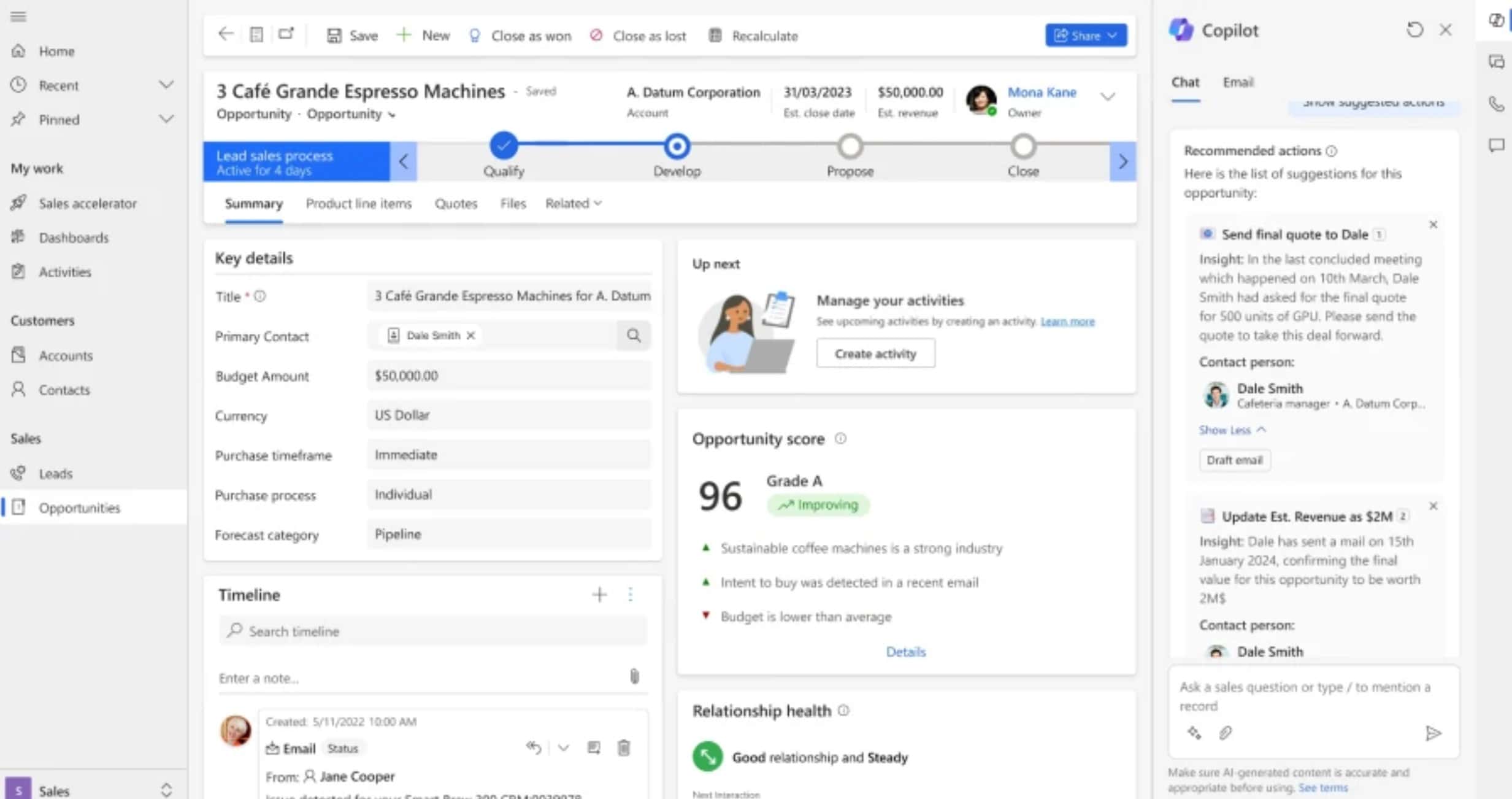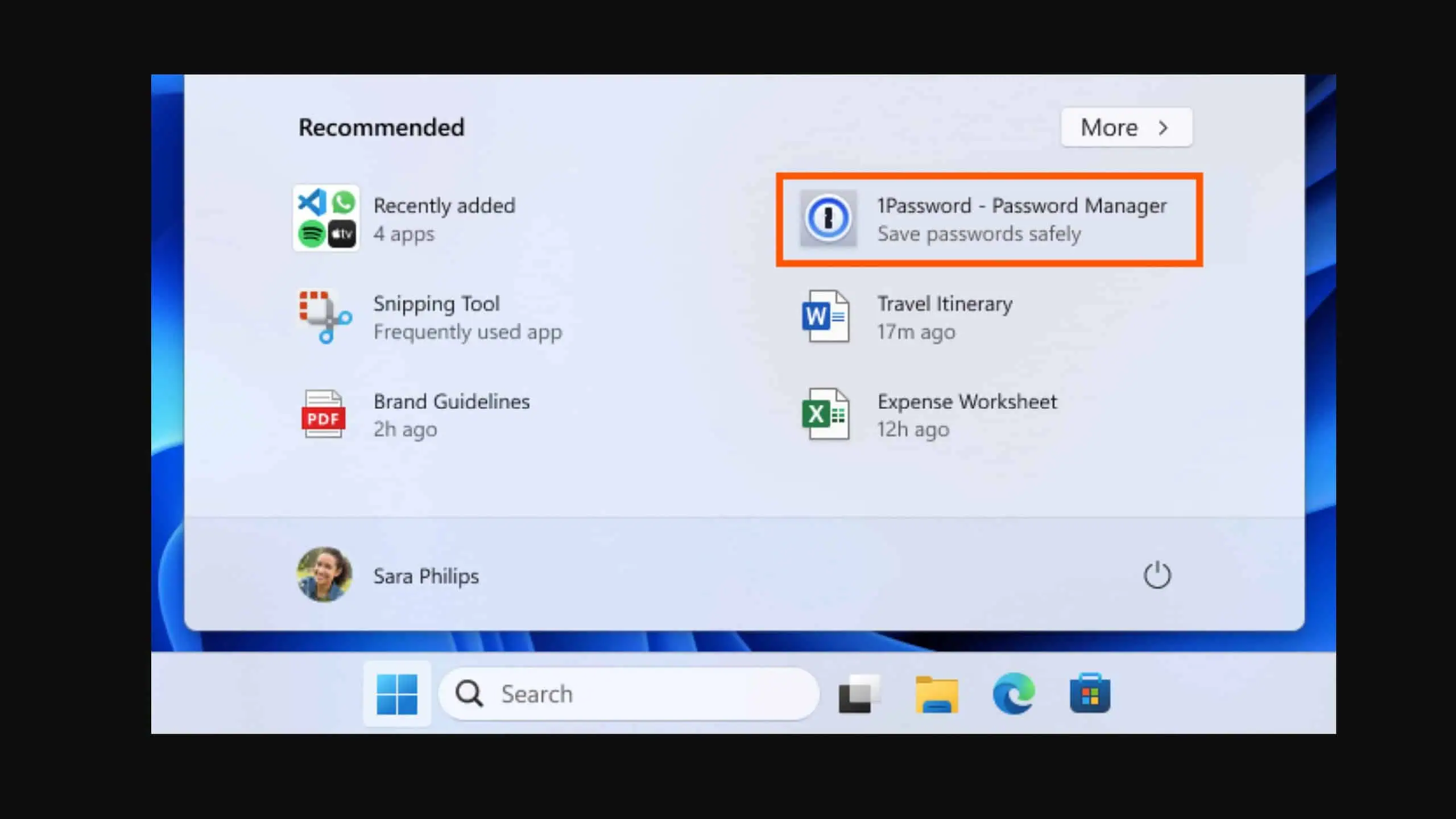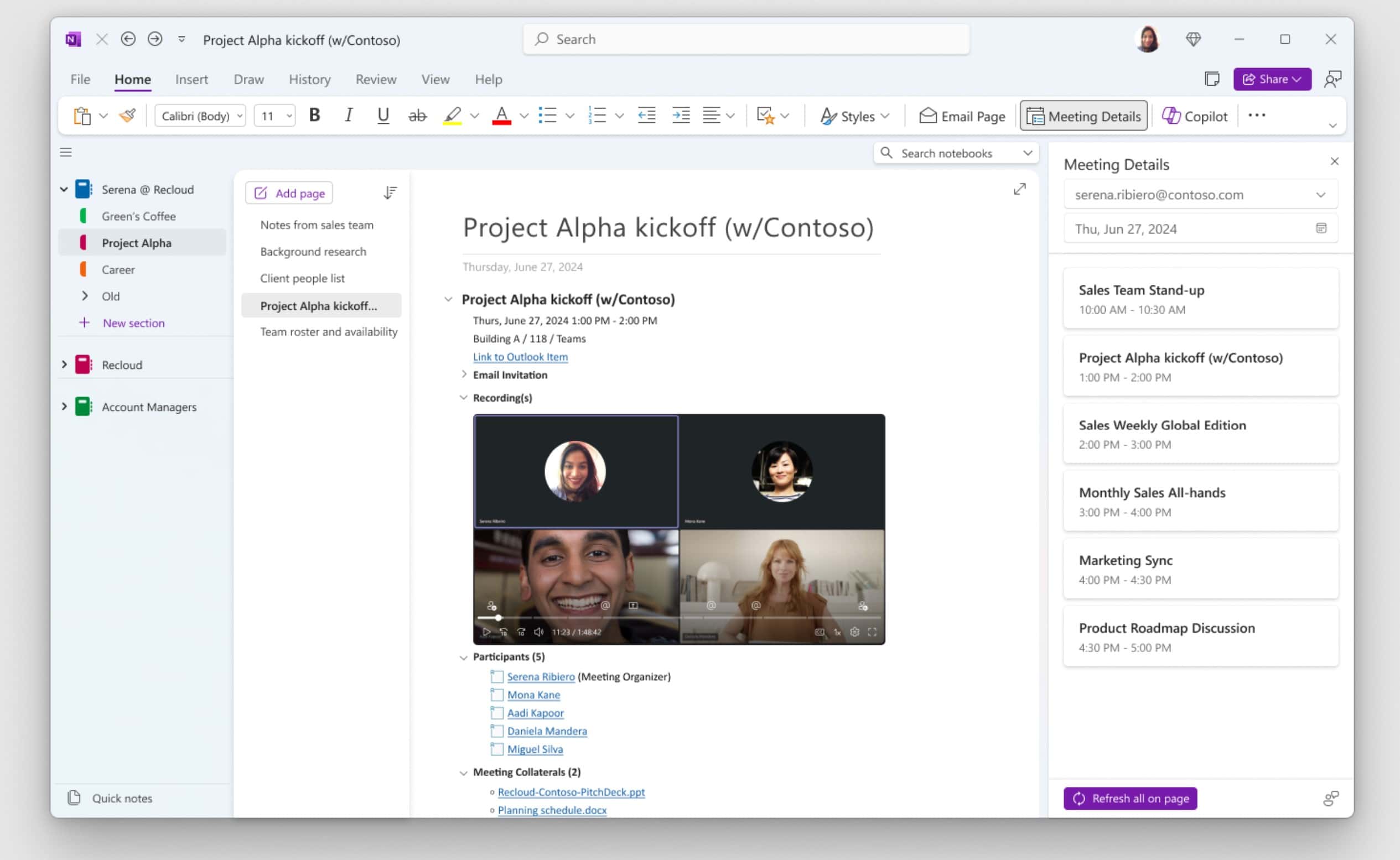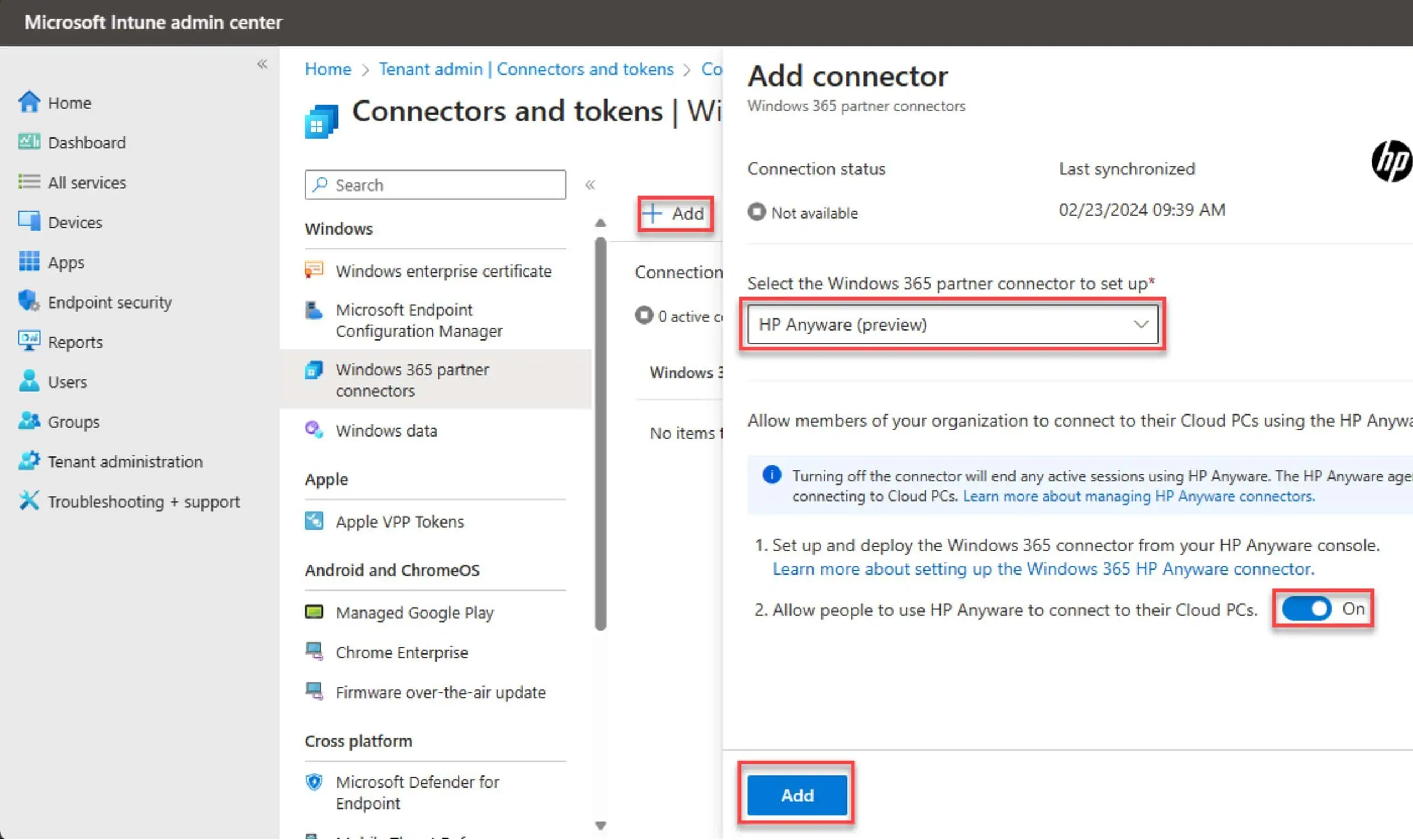Feature roadmap of WinUI is finally available
2 min. read
Published on
Read our disclosure page to find out how can you help MSPoweruser sustain the editorial team Read more
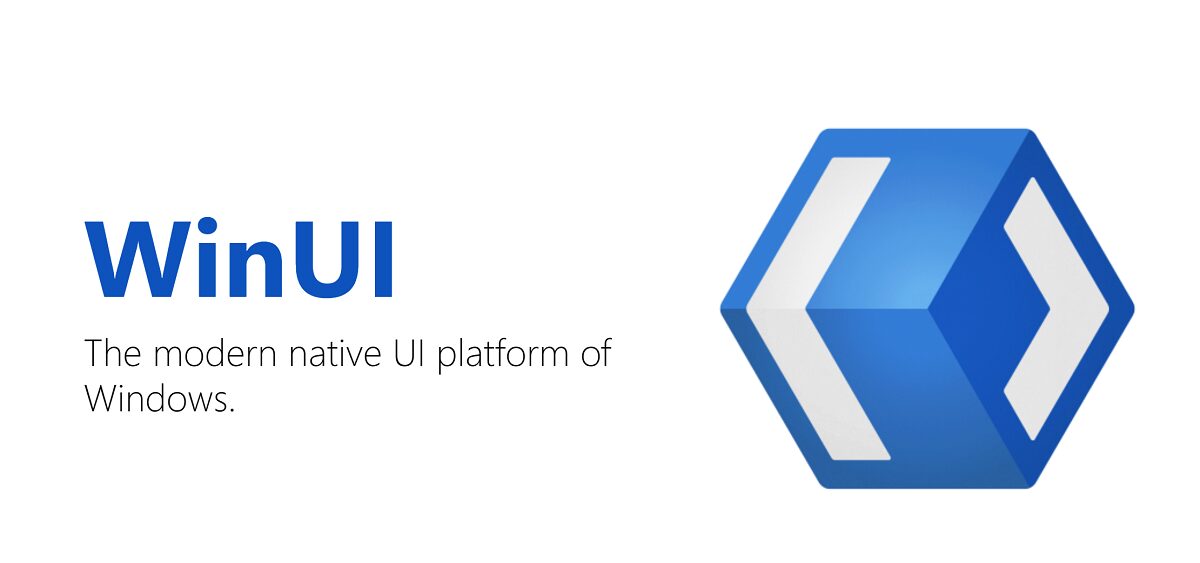
Microsoft today announced the release of WinUI 3.0 feature roadmap. The feature roadmap table included below will offer you the status on WinUI 3 features, and the expected date of availability. As you can expect from any project development, there might be changes in the below plan. You can check the source link periodically for latest updates.
WinUI 3 is a UI layer that takes the decoupled UWP XAML Visual Layer, the WinUI 2 library, and combines it with more modern features and capabilities. This layer can be used in any Desktop app or UWP app.
WinUI 3.0 feature roadmap:
| Customer Capability | Preview 2 (July 2020) | Preview 3 (Nov 2020) | WinUI 3.0 (2021) | Post-3.0 (3.x releases) |
|---|---|---|---|---|
| Ready for production apps | Y | Y | ||
| WinUI in Desktop (Win32) apps* | Y | Y | Y | Y |
| Supports MSIX Deployment | Y | Y | Y | Y |
| Supports non-MSIX deployment | Y | |||
| WinUI works downlevel to Windows 10 version 1803 and above | Y | Y | Y | Y |
| ARM64 support | Y | Y | Y | |
| .NET 5 Support for UWP apps | Y | |||
| .NET 5 Support for Desktop apps | Y | Y | Y | Y |
| Works on Windows 10X | Y | |||
| Works on additional Windows form factors (Xbox, HoloLens, IoT, Surface Hub) | Y | |||
<SwapChainPanel> |
Y | Y | Y | Y |
| Off-thread input for SwapChainPanels | Z | Y | ||
| Chromium-based WebView2 | Y | Y | Y | Y |
| Title Bar customization for UWP apps | Y | |||
| Title Bar customization for Desktop apps | X | X | Y | Y |
| XAML Islands | Y | |||
| Multi-window support for Desktop apps | X | Y | Y | Y |
| Drag and drop | Y | Y | Y | |
| Acrylic material | Y | |||
| Reveal Highlight | Y | |||
| Fluent Shadows | X | X | X | Y |
| Rounded corners | Y | |||
| Media Controls | Y | |||
| Input validation for data fields | X | X | Z | Y |
<MapControl> |
Z | |||
<InkCanvas> |
Y | |||
| RenderTargetBitmap | Z | Y | ||
| * For Preview 2: Single content tree-only. Supports C# or C++. Includes VSIX-based project templates, XAML Win32 app model support, etc. This will no longer be a restriction in Preview 3. |
Legend:
Y – Included, or planned to be included
X – Partial Capability
Z – Stretch goal
Source: Microsoft



